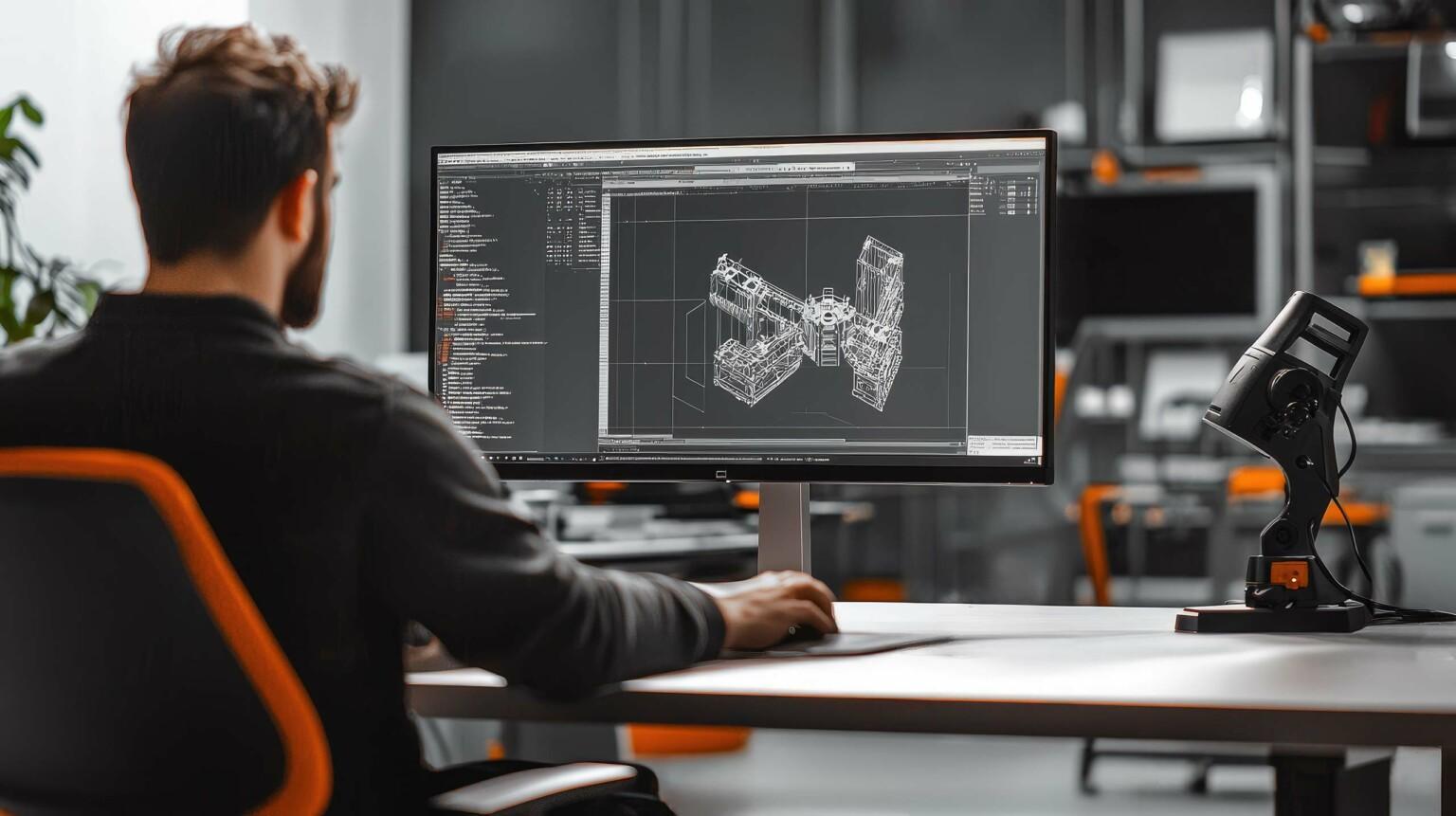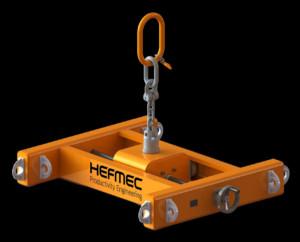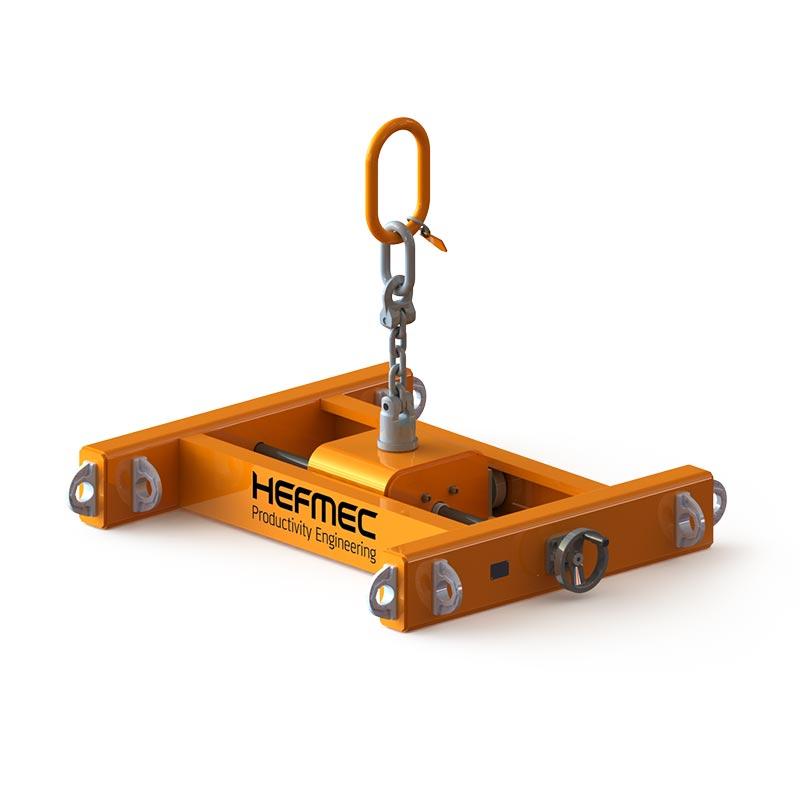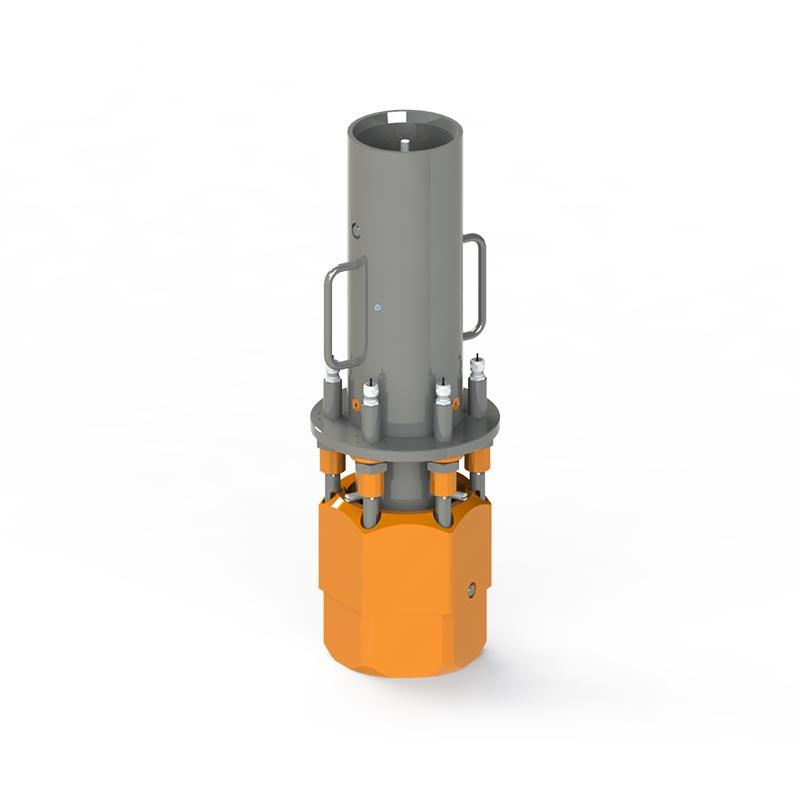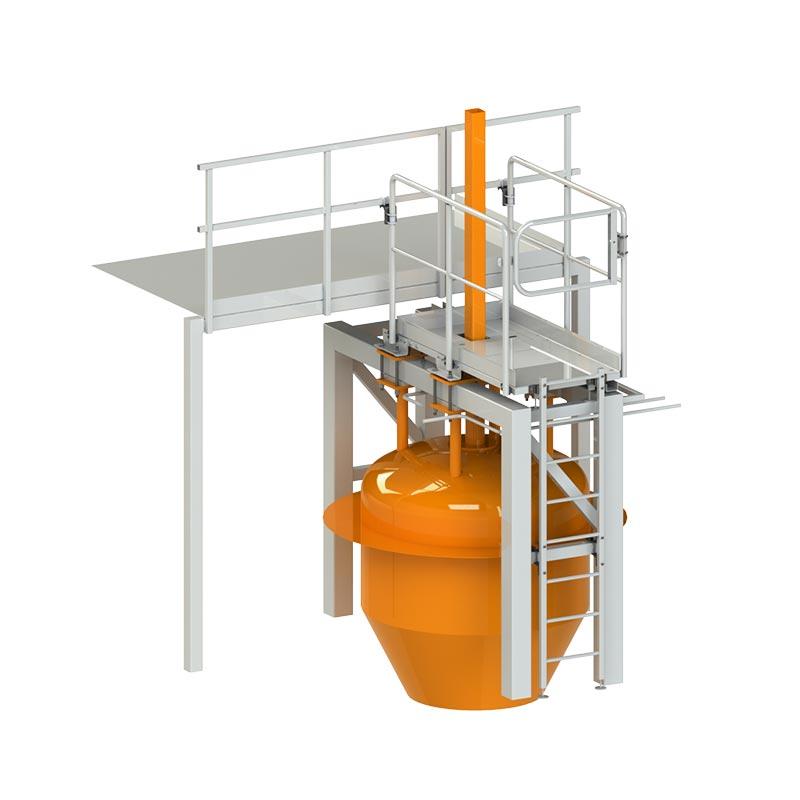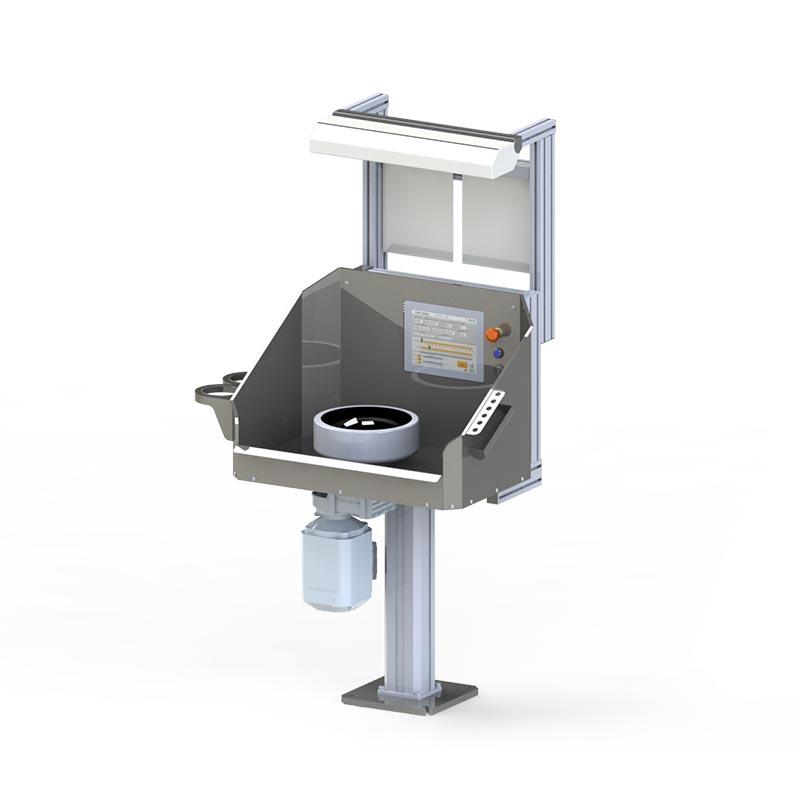High-quality mechanical design is the backbone of the entire product development process, determining the functionality, reliability and lifetime of the final product. A carefully executed design process ensures that the product meets all its requirements, from durability to availability. Successful mechanical design optimises material selection, manufacturability and cost-effectiveness, creating products that meet both technical and quality standards.
What are the most important steps in mechanical design in terms of product quality?
Quality mechanical design of a product starts with a thorough requirements definition, which identifies the product’s required characteristics, operating environment and technical constraints. This step sets the basis for the whole development process and defines the product quality criteria.
Concept design is the process of developing different solution options based on the requirements definition. At this stage, the feasibility of the different solutions is assessed, which is critical to ensure the functionality of the product. The Hefmec design team explores several options to find the optimal solution that meets all quality requirements.
Detailed design is the process of refining a concept into detailed technical drawings and 3D models. At this stage, the exact dimensions, tolerances and materials are determined, which are crucial to the quality of the final product. Accurate working drawings allow flawless manufacturing.
Prototype testing is the last critical step to ensure that the design works in practice. By testing the prototype under real-world conditions, any problems can be identified and corrected before production, ensuring a high quality final product.
How do material choices affect product quality and durability?
Material choices play a key role in determining the quality, durability and functionality of a product. The right materials ensure the longevity and reliable performance of the product in its intended environment.
Metal alloys such as aluminium and stainless steel offer excellent strength-to-weight ratio and corrosion resistance. They are often used in demanding industrial applications where durability and long service life are required. Plastics, on the other hand, are suitable for many consumer products due to their light weight, cost-effectiveness and freedom of design.
Composite materials combine the best properties of different materials and offer tailored solutions to specific challenges. For example, carbon fibre is an excellent choice when both lightness and exceptional strength are required.
Hefmec’s design team comprehensively assesses the suitability of materials, taking into account mechanical properties, manufacturability, cost and environmental impact. The right choice of materials extends the life of the product and reduces the need for maintenance.
How is the manufacturability of the product taken into account in the mechanical design?
Design for Manufacturing (DFM) is one of the cornerstones of quality mechanical design. This approach ensures that the product can be manufactured efficiently, repeatably and cost-effectively.
Setting tolerances is an essential part of manufacturability. Too tight tolerances increase manufacturing costs without adding significant value, while too loose tolerances can lead to quality problems. Hefmec experts optimise tolerances to match the actual functional requirements of the product.
The choice of manufacturing methods has a direct impact on product quality and cost. Our design team takes into account the specific characteristics and constraints of different methods, such as machining, injection moulding or 3D printing, at the design stage. For injection moulding products, for example, mould filling and part ejection are taken into account in the design.
Assemblability is also a key aspect – we design products so that they can be assembled efficiently and flawlessly. This reduces quality problems during assembly and speeds up the production process.
What kind of quality assurance methods are used in mechanical design?
Mechanical design uses a number of advanced analytical methods to ensure quality even before the physical product is manufactured. These methods help identify potential problems virtually, saving time and resources.
Finite Element Method (FEM) analyses are a powerful tool for analysing the strength, stiffness and fatigue resistance of a structure. Hefmec engineers use these simulations to ensure that the product can withstand the designed loads without damage.
Flow simulations (CFD) can be used to analyse the flow of liquids and gases in or around a product. This is particularly important when considering issues such as heat transfer or aerodynamics. Thermodynamic simulations, on the other hand, help to analyse the effects of thermal expansion and thermal management.
Prototype testing complements the virtual analyses. We test prototypes under real operating conditions or in accelerated lifecycle testing to help ensure product performance in all situations.
Quality control measurements, such as 3D scanning and coordinate measuring machines, allow you to compare manufactured parts with the original plans to ensure dimensional accuracy.
Impact of mechanical design on the total cost of the product
Careful mechanical design has a significant impact on the whole life cycle cost of a product. Up to 70-80% of a product’s life cycle cost is determined by decisions made at the design stage.
Material efficiency is a key cost factor. By optimising material thicknesses and choices, significant savings in raw material costs can be achieved. For example, in one of our customer’s equipment projects, material costs were reduced by 25% through optimisation of the structure.
Design for Assembly (DFA) reduces assembly time and costs. By reducing the number of parts and designing structures that are easy to connect, assembly costs can be significantly reduced.
Maintainability and repairability affect the life cycle cost of the product. Hefmec’s design philosophy is to design products so that wear parts are easy to replace and maintenance is simple to carry out. This extends the life of the product and reduces life cycle costs.
Key benefits of mechanical design for product quality
Quality mechanical design delivers products that perform reliably, last in use and meet or exceed customer expectations. It ensures product functionality under all operating conditions and minimises quality problems.
The principles of successful mechanical design include user-centredness, simplification of functions and structures, and sustainability. Hefmec’s design philosophy also emphasises testability and continuous improvement.
The advantages Hefmec offers in mechanical design are based on strong engineering expertise, a diverse experience base in different industries and the efficient use of modern design tools. We are able to respond quickly to customer needs and deliver solutions that are both technically and economically optimised.
When choosing a design partner, pay particular attention to previous references, the skills of the design team and the ability to understand the specifics of your industry. Quality mechanical design has a direct impact on the success of the final product in the market and its ability to deliver value to its users.

